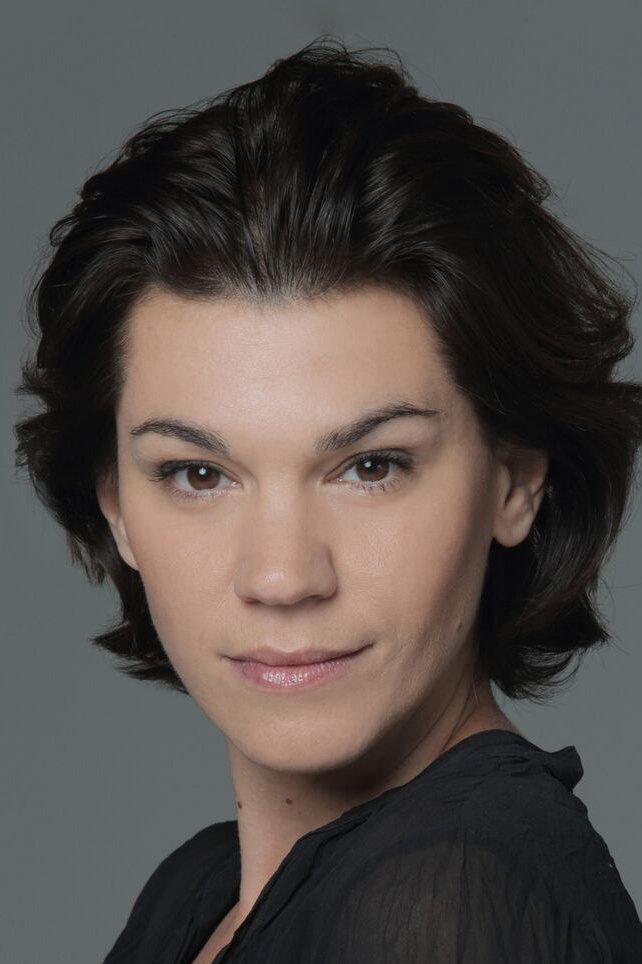

Prvu glavnu ulogu dobiva 2004. godine u filmu Ta divna splitska noć redatelja Arsena Antona Ostojića. Već tom ulogom Marija vjernim portretom heroinske ovisnice dobiva laskavu titulu najtalentiranije hrvatske glumice. Za formalno priznanje takvog statusa pobrinuo se žiri sarajevskog festivala s Mikeom Leighom na čelu, dodijelivši joj iste godine Srce Sarajeva, prestižnu nagradu za najbolje žensko glumačko postignuće. Novi pravi glumački zalet uzima u jednoj od najvećih hrvatskih komercijalnih uspješnica, filmu Što je muškarac bez brkova (2005.) Hrvoja Hribara. Njena energična interpretacija pokroviteljske, pomalo grube i sirove starije sestre Ljubice nametnula se kao racionalna protuteža središnjim likovima upotpunjujući time dodatno dramski okvir radnje. 2006. oživljava staru ljubav sa Sarajevom odnoseći po drugi put s tamošnjeg festivala Srce Sarajeva za najbolju žensku ulogu u filmu Gospođica redateljice Andree Štake. Marija ovaj puta svoj glumački senzibilitet stavlja u službu prikaza djevojke Ane čija neprilagođenost i nezadrživi mladenački temperament nepovratno utječu na sve one s kojima je turbulencija života stavi u doticaj. U njoj Marija glumi sa najvećom filmskom divom ovih prostora Mirjanom Karanović, a upravo će Mariju mnogi proglašavati njenom nasljednicom, dok će sama Mirjana Karanović u intervjuima upravo nju izdvojiti kao jednu od najboljih hrvatskih glumica. Slijede mnoge manje filmske uloge u brojnim hrvatskim filmova, a glavne uloge dobiva 2010. godine i to u njemačkom filmu Shahada (koji je bio u konkurenciji Berlinskog filmskog festivala), te potom u filmu Dalibora Matanića Majka asfalta. Za tu ulogu je nagrađena Zlatnom arenom za najbolju glavnu žensku ulogu na 57. Pula film festivalu i Fipa D'OR Grand Prize za najbolju žensku ulogu na festivalu International Festival of Audiovisual Programs u Parizu. U ovom je razdoblju Marija Škaričić jedna od najzaposlenijih i najnagrađivanijih hrvatskih filmskih glumica, sa čak 18 dugometražnih filmova koje je snimila u razdoblju od 2000. - 2010. čime se ni jedna druga hrvatska glumica ne može pohvaliti. Glumila je i u serijalima Bumerang i Operacija Kajman, a u kazalištu se pojavljuje jako rijetko.

Belgrade, 1996. During the student demonstrations against the Milosevic regime,...